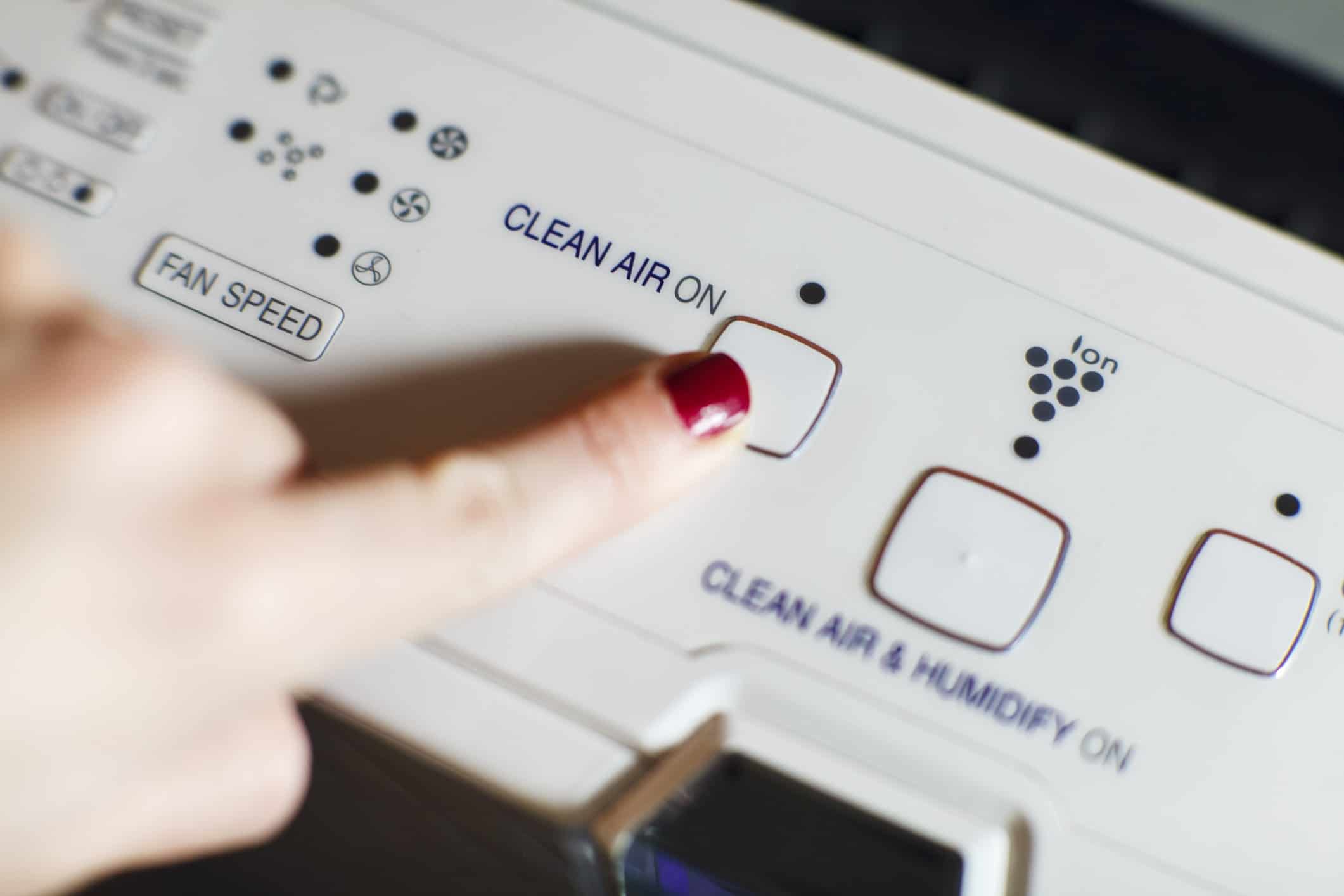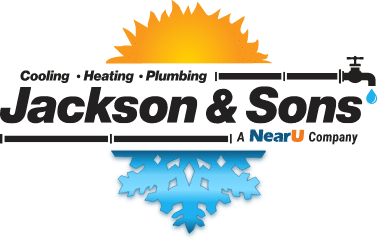
Many homeowners who are concerned about their indoor air quality choose to acquire an air purifier to control the airborne pollutants that build up over time. This is of particular concern in the extremes of summer and winter, when the house is kept closed up tight to make it more energy efficient.
There are a number of different types of air purifiers/cleaners, designed for different types of pollutants. So how do you know if your device is doing a good job?
Here’s a look at a few of the ways to check on your air purifier’s effectiveness.
1. Check the air filter.
Manually check your air filter. If it’s working, it will get dirty. Follow the manufacturer’s instructions: for fiberglass filters, check and/or change after a month; for better quality pleated filters, check and change after three months; for permanent, washable filters, you may not be able to see the particles that are trapped, but clean the filter anyway, as per instructions.
2. Check the filter indicator.
Some air purifiers have filter indicator lights. This light should come on as the filter gets more use and is no longer effective. Ideally, the filter indicators will measure the effectiveness of the filter and the light will go on when it’s time to change.
3. Use an air quality monitor.
For even better results, use an air quality monitor. These devices won’t tell you the levels of all the airborne pollutants in your home, but they are designed to measure certain pollutants, including dust, pollen, volatile organic compounds, humidity, carbon monoxide and carbon dioxide.
4. Get a smart air purifier with an app.
Some of the newer smart devices come equipped with HEPA filters, sensors and apps that provide alerts, stats and graphs with minute by minute reports on air quality.
For questions or concerns about your home comfort needs including indoor air quality, contact Jackson and Sons of Eastern North Carolina.

